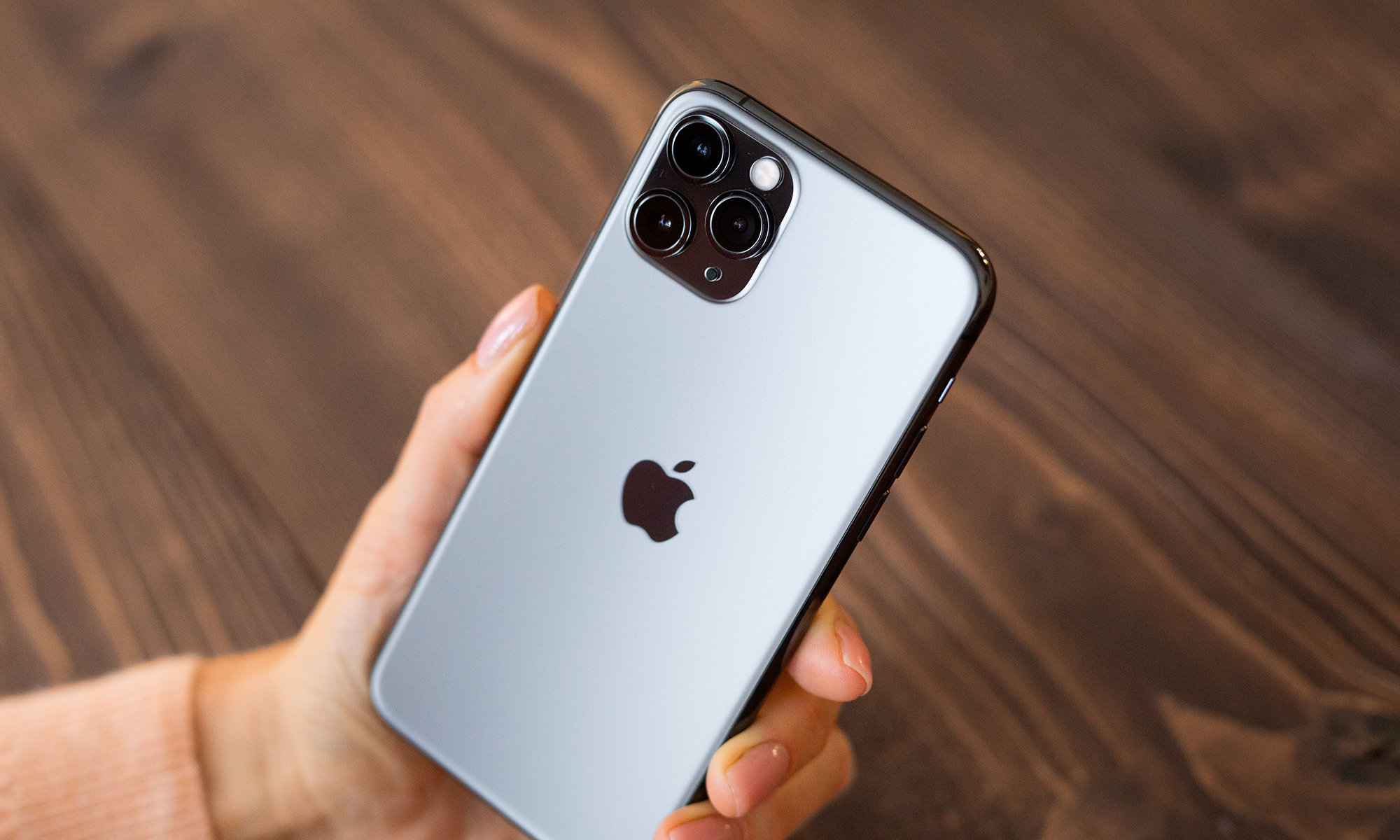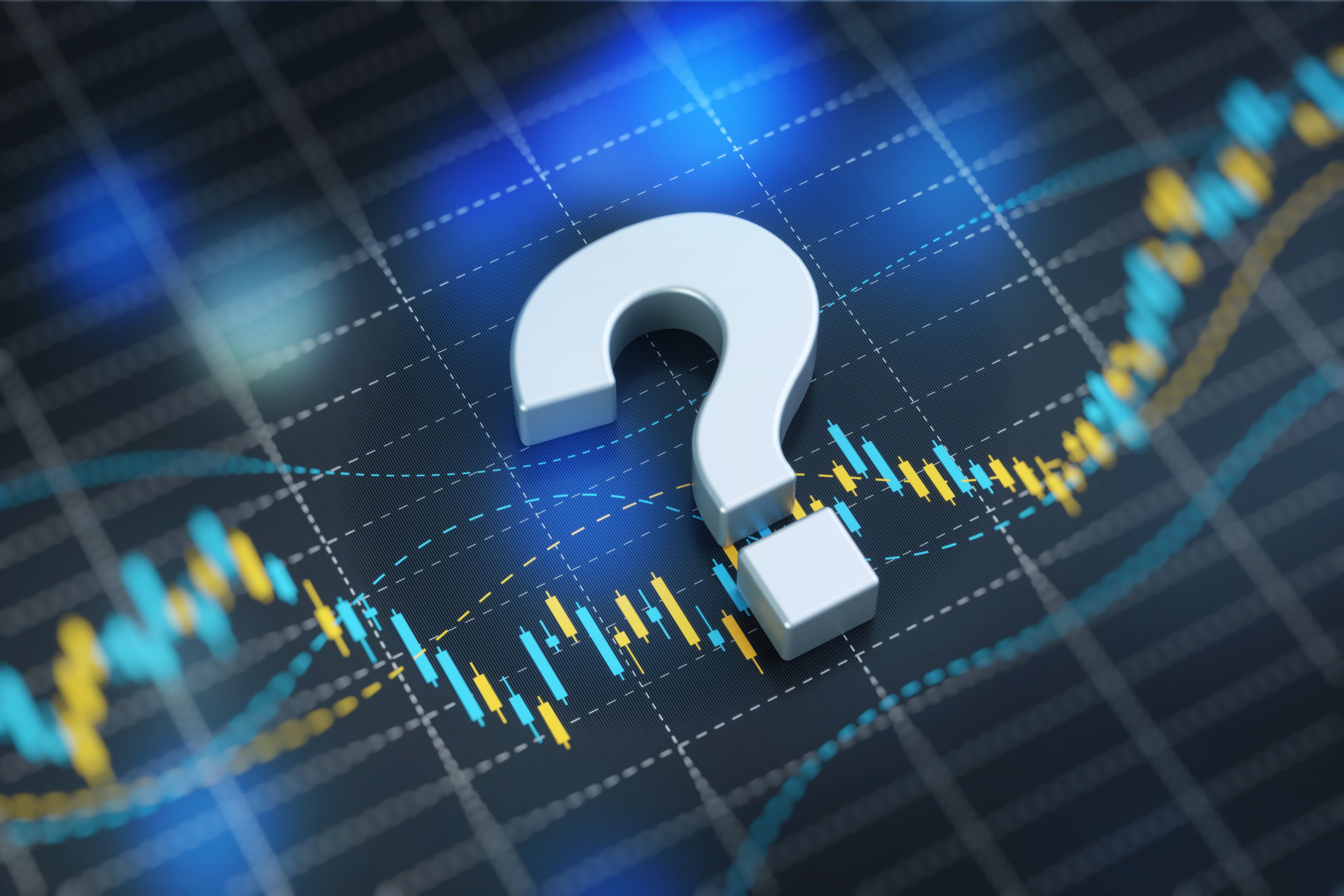"Big," of course, should be put in perspective. Pretty much any number Apple (AAPL 0.33%) reports is big in absolute terms. In Q4, for instance, Apple sold 33.8 million iPhones, and 14.1 million iPads -- those aren't small numbers by any measure. Even record numbers are normal for Apple. Indeed, Apple is guiding for record revenue in Q1. So what is "big" for Apple in Q1? Considering that Apple guided for $55 to $58 billion in revenue and its guidance has recently taken a turn for considerable accuracy, $60 billion plus would be on the brink of big.
So why does Apple look poised to easily deliver $60 billion plus revenue? A combination of evidence that surfaced during the holidays suggests demand for Apple's products was more than solid -- it looks terrific. Looking back, let's review the stories.

A Black Friday weekend blowout
During the Black Friday weekend (including Cyber Monday), Apple products saw impressive sales growth in the U.S. compared to the prior weekend, according to Localytics data. In fact, Apple products took six of the top nine spots in sales growth among the devices Localytics tracked. In first, second, and third were the iPad Air, iPad Mini, and iPhone 5c. Most impressively, the iPad Air saw growth of 51%; the closest non-Apple product was the Kindle Fire HD 7" with 23% growth.

iPhone 5s.
Popularity of iPhone 5s and 5c at U.S. carriers
During September, October, and November, the iPhone 5s was the top-selling phone at every carrier, according to Canaccord Genuity. Meanwhile, the lower-cost iPhone 5c was at least the second or third best selling smartphone at every carrier during each month.
Apple gains market share
Just-released data from Chitika shows that Apple was the only smartphone brand to gain market share of web traffic in North America during the holidays. Apple's share of traffic the week of Christmas jumped 1.8% to 54.3%. Comparatively, Samsung's actually declined 0.8% to 23.7%.
Implications
Though Apple's guidance is far more accurate since it changed its methods for providing guidance in January, the massive numbers Apple deals with during its holiday quarter likely make the task more difficult for management. And if Apple is going to err on any side of guidance during the important quarter, Apple would likely prefer to err on the side of conservatism. That said, is it likely Apple really predicted their products would do this well? All three of these reports point to impressively robust demand for Apple's products during the holidays. Perhaps a $60 billion quarter is now a sensible expectation.







